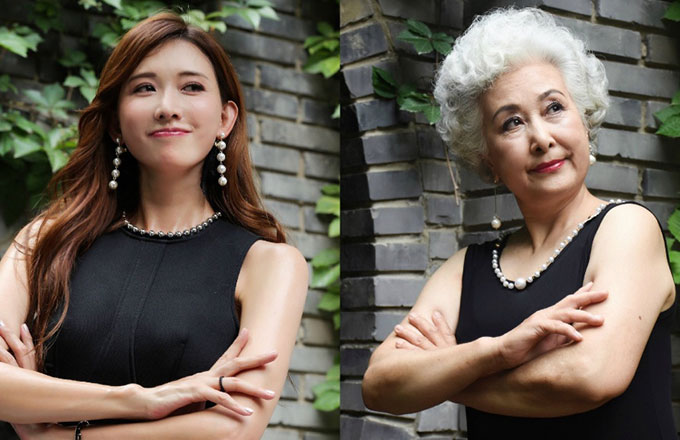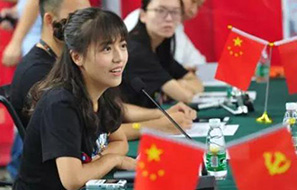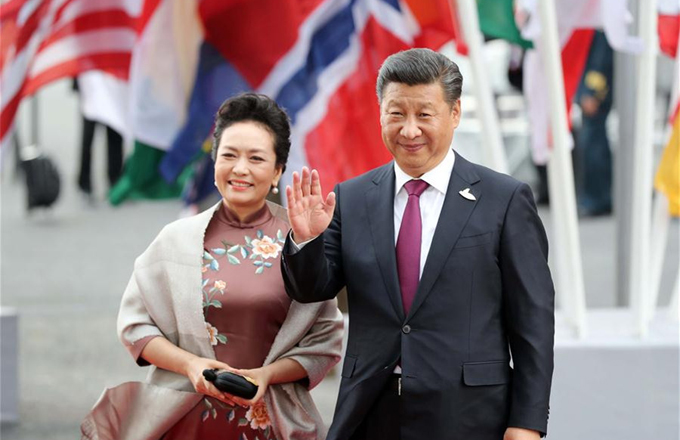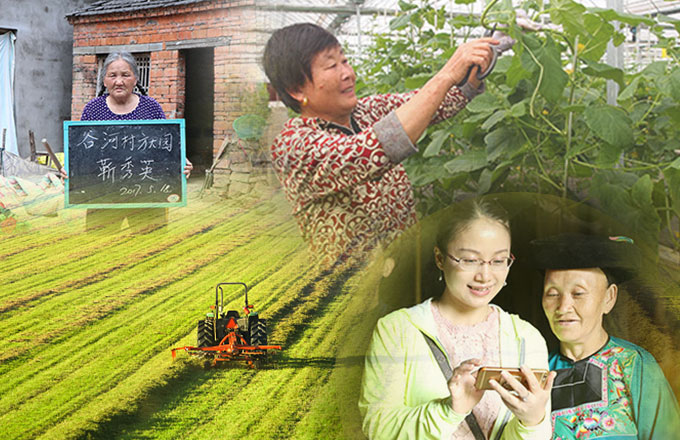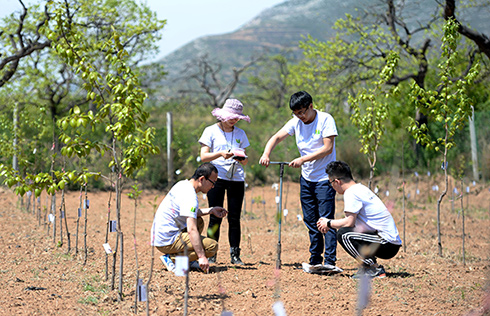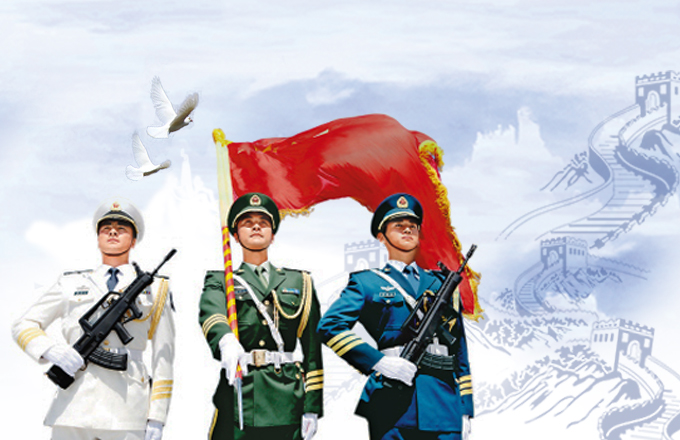Dwarkanath Kotnis
Kotnis' Chinese wife
To the family's relief, the doctor spent his last years happy in his work, his wife Guo Qinglan told them after the war.
His job as a battlefront doctor was stressful especially in Yan'an, where there was always an acute shortage of medicines.
In one long-drawn out battle against Japanese troops in 1940, Kotnis did operations for 72 hours non-stop, without any sleep. He treated more than 800 wounded soldiers during the battle, according to his widow Guo, a nurse who joined Kotnis' hospital.
Guo first met Kotnis at the inauguration of Dr Norman Bethune's tomb and was immediately attracted to the Indian doctor. Kotnis could speak Chinese and even knew how to write Chinese characters. Guo was amazed.
It spurred her to interact more with him. Guo's family and educational background also certainly helped the development of a romantic relationship, even in the harsh climate of war.
Born to a Christian family in North China's Shanxi Province, she had an open-minded mother, "who did not force me to bind my feet as other mothers did to their daughters in their home town," Guo recalled.
And her mother sent her to a church-sponsored school first, and later to a nursing school. In both places, the teachers were American missionaries.
"He was vivacious, and liked singing. Sometimes I couldn't stop laughing when he told his jokes," said Guo, recalling Kotnis with a smile.
In December 1941, Guo and Dr Kotnis were married.
The birth of their son Yinhua (meaning India and China) brought a lot of joy to the couple. But only three months after Yinhua's birth, epilepsy struck Dr Kotnis. It had struck once earlier, mildly, but this time it proved fatal for the young doctor. Guo was left alone with her baby son.
The doctor became famous in his hometown after his death with the publication of his best-selling biography "One Who Did Not Come Back" in 1945 and the screening of the 1946 Bollywood movie "Dr Kotnis Ki Amar Kahani."
The two families from India and China also met after the war.
Guo, who continued her medical career until her retirement several years ago, has been to Kotnis' hometown in India five times and retains a good relationship with the Kotnis family.
Guo's most memorable trip was in 1958 when she took the 16-year old Yinhua to India.
Dr Kotnis' mother hugged them as soon as they entered her home. His brothers and sisters broke down and wept. Guo and Yinhua jointly planted a tree in memory of the doctor before their departure.
"His two sisters never stop corresponding with me in English," said Guo, adding that second and third generations of the Kotnis family have visited China several times in the past couple of decades.
Vatsala studied acupuncture at the Bethune hospital in Shijiazhuang in the early 1980s and started an acupuncture clinic in India. At least four members of the Konis family are medical workers in India.
Yinhua, who was to become a doctor, died at the age of 24 owing to medical malpractice.
Today, Dwarkanath Kotnis is commemorated together with the Canadian Dr Bethune in the Martyrs' Memorial Park in Shijiazhuang. The entire south side of the memorial is dedicated to Dr Kotnis.
A small museum there has a handbook that contains vocabulary words that Kotnis wrote on his passage from India to China, some of the instruments that the surgeons used at that time and many photographs of doctors, some with the Communist Party of China's most influential figures, including Mao Zedong.
China also made a movie on Dr Kotnis in 1982, called "Dr DS Kotnis."
"Now that it is more than six decades since he died, we really appreciate how the government and the people are giving him so much respect after so many years," said Manorama Kotnis.







